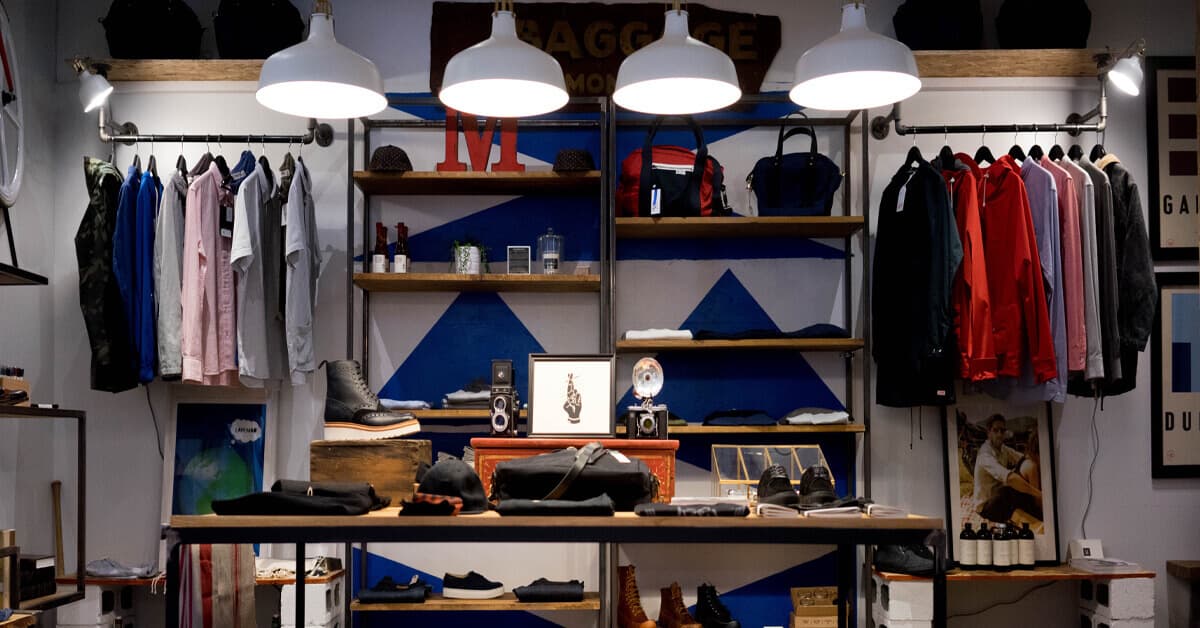 Picture credit: Unsplash
Picture credit: Unsplash
It is no secret that there is a growing demand from customers for sustainable practices in retail. According to a 2015 report by Nielsen, 73% of Millennials were willing to pay more for sustainable goods. A 2019 First Insight report covered in Forbes’ “Sustainable Retail: How Gen Z Is Leading The Pack,” found that 62% of Generation Z, who will start joining the workforce this year, prefer to buy from sustainable brands.
The report also states that 54% of Generation Z is willing to spend an incremental 10% or more on sustainable products with 50% of millennials, 34% of Generation X, and 23% of baby boomers said the same. Therefore, it can be inferred that with every generation that the demand for sustainability grows.
Retailers can enhance sustainability through advanced technologies, such as blockchain, data analytics, artificial intelligence (AI), and machine learning (ML). But how does that look in practice? Here are four ways retailers can use advanced technology to reach their sustainability goals:
1. Introduce Traceability
If retailers claim to be environmentally friendly or socially conscious, they will need to prove product providence to their customers using their supply chain.
Blockchain can be used to meet the consumer demands for sustainability and safety by offering retailers greater transparency throughout their supply chain by providing easier traceability and enhanced security to combat knockoffs.
Creating a decentralized ledger that records transactions through transparency, blockchain helps retailers tell a brand story and build consumer confidence. This reassures customers that products are safe and sourced legally and ethically.
Grocers such as Walmart, Carrefour, Nestle, and Albertsons are using blockchain to trace some of their products.
Tracr, a blockchain tool originally launched by the diamond company De Beers, aims to track the journey of all diamonds from the mines to the retail counter to confirm they are ethically sourced.
2. Ensure Waste Reduction
The predictive powers of AI and ML can be used to significantly improve forecasting and anticipate demand for the supply chain and merchandising processes.
Using data already available to grocers - such as previous sales figures, stock, storage capacity - in addition to external factor data - such as weather, traffic, time of the year - enables grocers to leverage AI and ML to change their behavior across the supply chain. Grocers can minimize the risks of highly perishable food waste, which also minimizes lost sales and satisfies customer demand by carrying the right amount of stock to meet their needs. This also allows products to be priced accordingly and ensures it gets to where it needs to be when it needs to be there.
For fashion retailers, accurate forecasting allows them to make better decisions with regard to buying, manufacturing, and merchandising. Waste can be minimized by having the right stock, style, and sizes at the right location.
In 2018, Burberry burnt about $37.8 million of unsold garments, which led to a huge media backlash. Accurate forecasting not only leads to considerable savings but reduces the amount of extra material and garments that end up going to waste.
3. Predict Future Trends and Evolving Preferences
Retailers can use AI and ML to predict changes in customer preferences. By identifying customer buying patterns, as well as the external factors influencing these, AI and ML can help retailers in planning, ordering, replenishment, and shipping activities. This will reduce waste, drive sustainability, and increase customer satisfaction.
StitchFix not only uses AI for style recommendations, but also for demand forecasting, inventory management, and can even help designers create new styles based on combinations of consumers’ favorite colors, patterns, and textiles.
4. Aim for a Lower Carbon Footprint With Reduced Number of Returns
Data analytics, AI, and ML can be used by retailers to reduce the number of returns from their eCommerce channels. Returns not only result in lost revenue and processing cost, but also lead to increases in carbon emissions due to waste and added transportation logistics.
Using data collected from merchandising, planning, order management, warehouse management, and customer relationship management, as well as customer product reviews, retailers can identify the main reasons for returns. Understanding these reasons such as fit, product quality, misleading marketing, among other factors, can assist retailers to take appropriate actions which lead to less waste, fewer carbon emissions, and increased customer satisfaction.
Sustainability for the Win
For retailers, sustainable practices not only satisfy the customer’s growing desire for sustainable products but can also lead to increased customer satisfaction and financial savings by reducing waste and increasing the efficiency of their supply chain. Advanced technologies including blockchain, data analytics, AI, and ML can help retailers achieve their sustainability goals and unlock all the associated benefits.
How Nisum Can Help
At Nisum, one of our intrinsic goals is sustainability. With over 20 years of experience in enabling technologies, such as blockchain and insight and analytics, we can give your company a competitive edge while helping you contribute to a more sustainable and fairer world.








